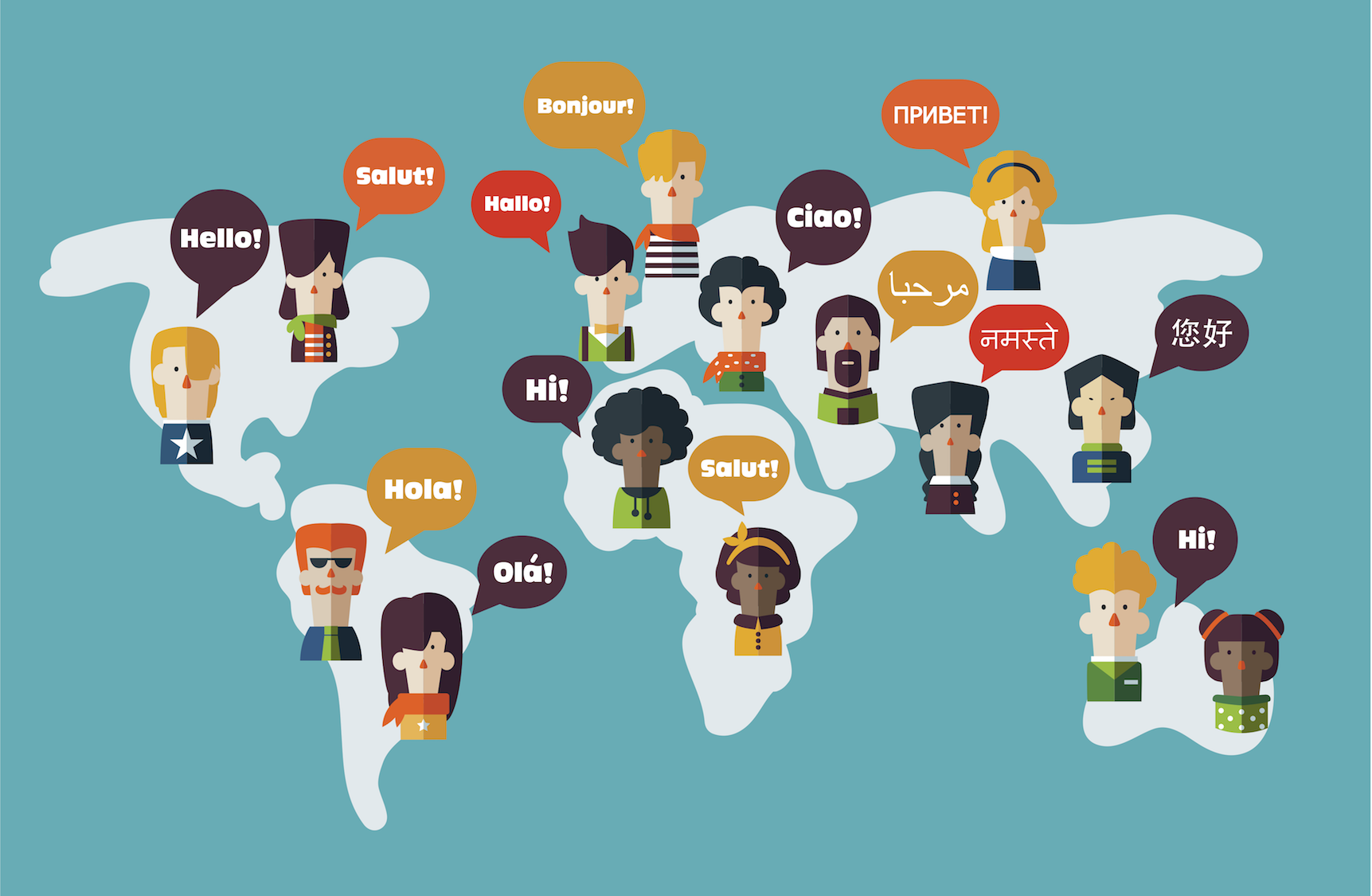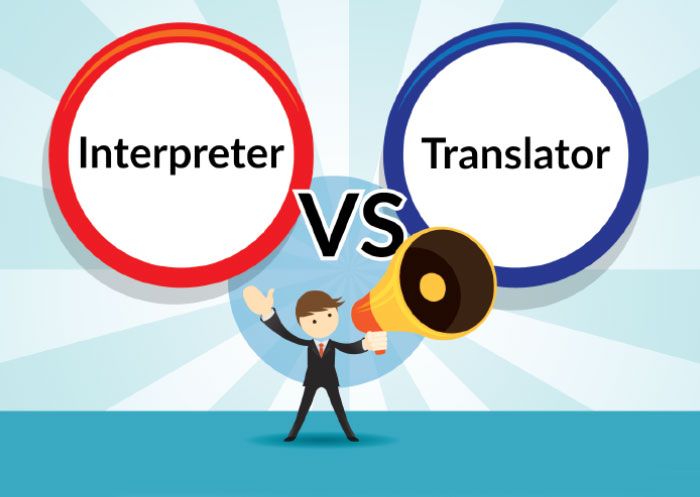How to Become a Sign Language Interpreter
Firstly, it is important to acknowledge that every country has its own sign language with different requirements and processes to become a sign language interpreter. This article will focus on the United States and American Sign Language interpreters.
If you have read our article on how long it takes to become a sign language interpreter, you probably have a rough idea of how long it would take – the estimated timeline largely depends on your current set of skills, how much time you are willing to devote to training, along with natural information receptiveness and retention ability. This article will talk about HOW you can become a sign language interpreter, as opposed to how long it could potentially take.
We will continue to repeat this – solely knowing sign language is not all it takes to become an effective sign language interpreter. You should be fluent in American Sign Language AND be equipped with skills and knowledge of ethics as well as other vital aspects to be an effective sign language interpreter.
Now, how do you become a sign language interpreter?
Preparation
- Immerse yourself into the Deaf community as much as possible. While it is important to know all the technical aspects of interpreting, it is also as important to be used to real-life pace and non-academic style conversations with Deaf individuals, which you will eventually be interpreting for in professional settings once you are ready to become a sign language interpreter.
- Watch story-telling, humor, and other videos created by the Deaf community. Just like other active languages, American Sign Language is continually evolving and it is vital to stay updated with the newly established slang terms, signs, etc by the Deaf community as a sign language interpreter. Watching videos created by the Deaf community is also a good way to keep your receptiveness skills up to date.
- Practice as much as possible. Practice is the best of all instructors and only makes for improvements. Sign language interpreting is a profession that requires years of training.
Education and Training
- Enroll yourself in an interpreting program. There are multiple different program types, ranging from Continuing Education Units (CEUs) to collegiate degrees. By enrolling in an interpreting program, you will learn how to become a sign language interpreter from experts. Here are some of the best interpreting schools:
- Gallaudet University – the only school in the whole world that is primarily caterers to Deaf and Hard of Hearing students and offers a full-stack interpretation program from Bachelors to Ph.D. You won’t only learn from world-class instructors, you will also spend time in the Deaf community, experience authentic culture, and engage with members of the Deaf community.
- Rochester Institute of Technology – also home to the National Institute of Technology for the Deaf, a large program for Deaf students.
- Frederick Community College
- The Center for Translation Studies
- California State University, Northridge
Certification
- Learn how to become a nationally certified sign language interpreter through the Registry of Interpreters for the Deaf – National Interpreter Certification (NIC). The requirements to take their exams to obtain a NIC have been changing, but as of 2021, the interpreter will need to have at least an associate’s degree in any field. The exam has two components to be passed in order: written and performance. Once you have passed both exams, you can receive a NIC and will need to maintain the certification status by taking Continuing Education Units (CEUs).
- Some states have their own certification programs. For example, Virginia has a Virginia Quality Assurance Screened (VQAS) certification program, which ensures that their list of VQAS-certified interpreters has a certain benchmark of skills.
Resources
- Explore these useful resources for aspiring sign language interpreters:
- Discoverinterpreting.org – Discover Interpreting was established from a grant issued by the U.S. Department of Education Rehabilitation Services Administration, CFDA 84.160A and 84.160B, as a response to the ASL interpreter shortage. This is an excellent tool to help inspire individuals who are interested in pursuing a career in the field of interpreting, close the “gap” between graduation and certification, and to increase the number of qualified interpreters.
- Ccie-accreditation.org – The Commission on Collegiate Interpreter Education (CCIE) was founded in 2006 to promote professionalism in the field of sign language interpreter education through the process of accreditation.
- RID.org – The Registry of Interpreters for the Deaf, Inc. (RID), a national membership organization, plays a leading role in advocating for excellence in the delivery of interpretation and transliteration services between people who use sign language and people who use spoken language.
Conclusion
Sign language interpretation is an extremely rigorous profession that plays a vital role in the Deaf community. Many interpreters find the profession to be rewarding as they will continually work in various settings, which allows the sign language interpreters to expand their set of knowledge. After certification is achieved, the work is not complete. Certified interpreters are required to take yearly CEU’s (Continuing Education Units) in order to stay up to date and follow new trends in the field. The best part of working as a professional interpreter is you are always learning and staying up to date with new information and trends within the Deaf community.












0 Comments